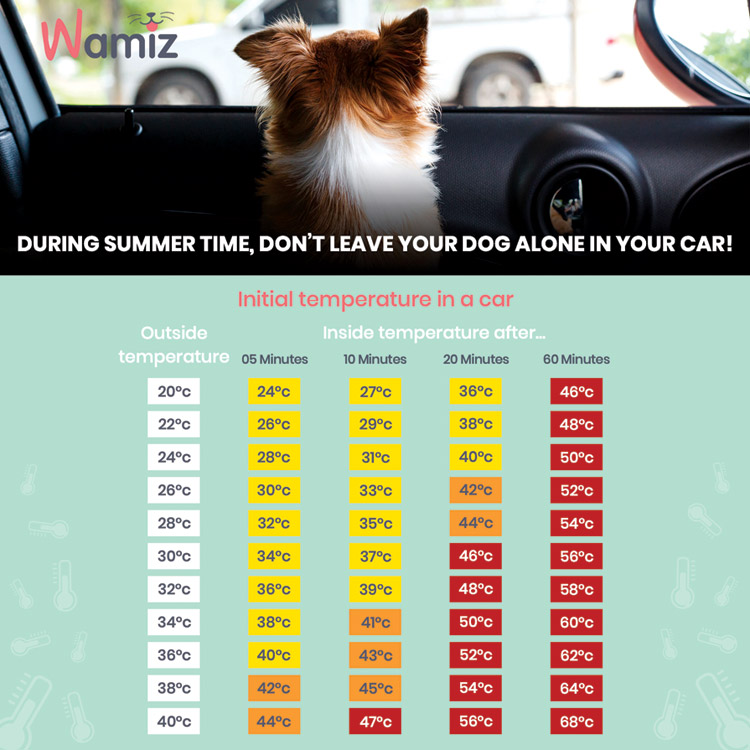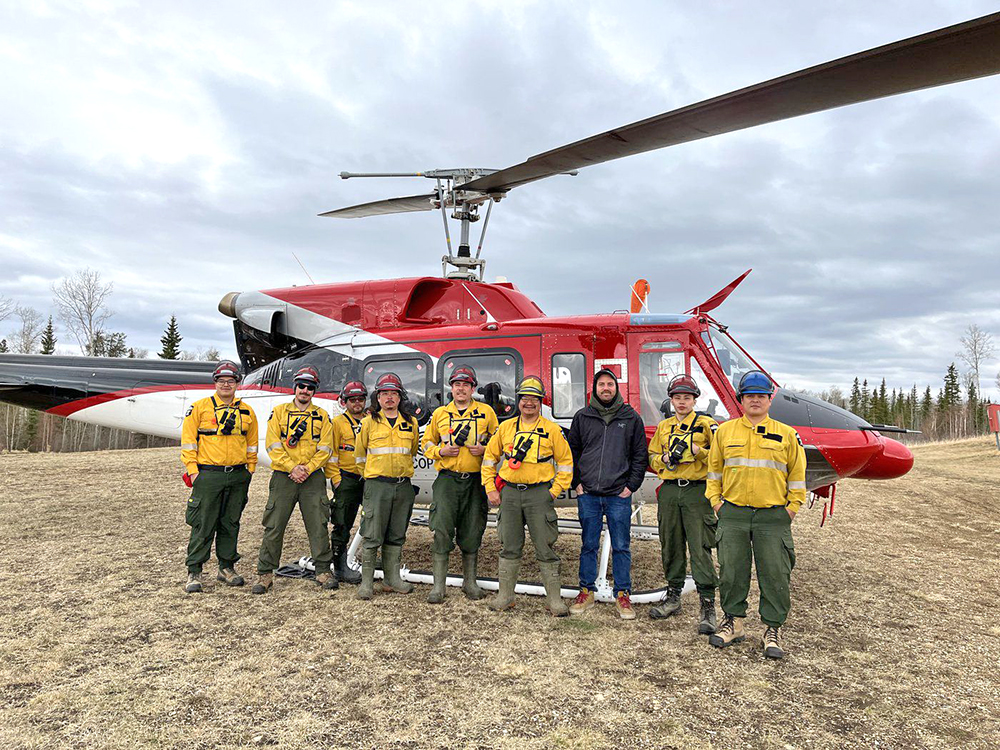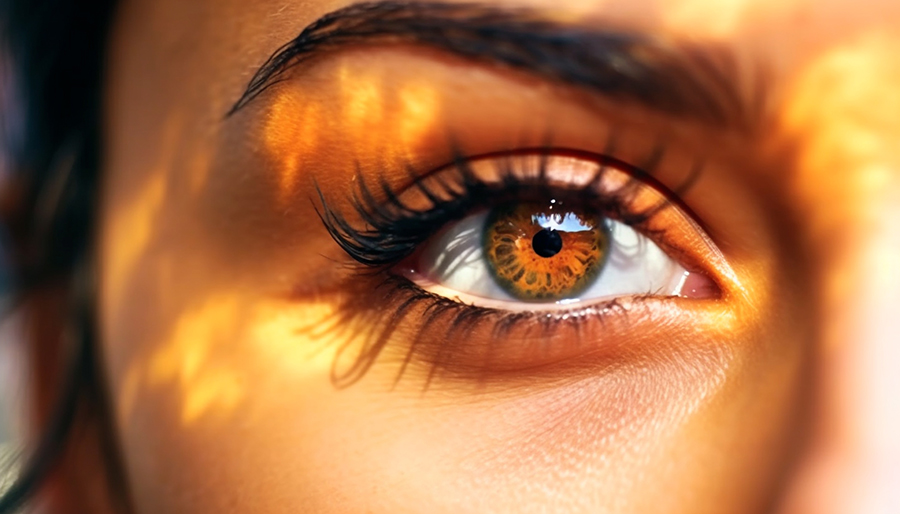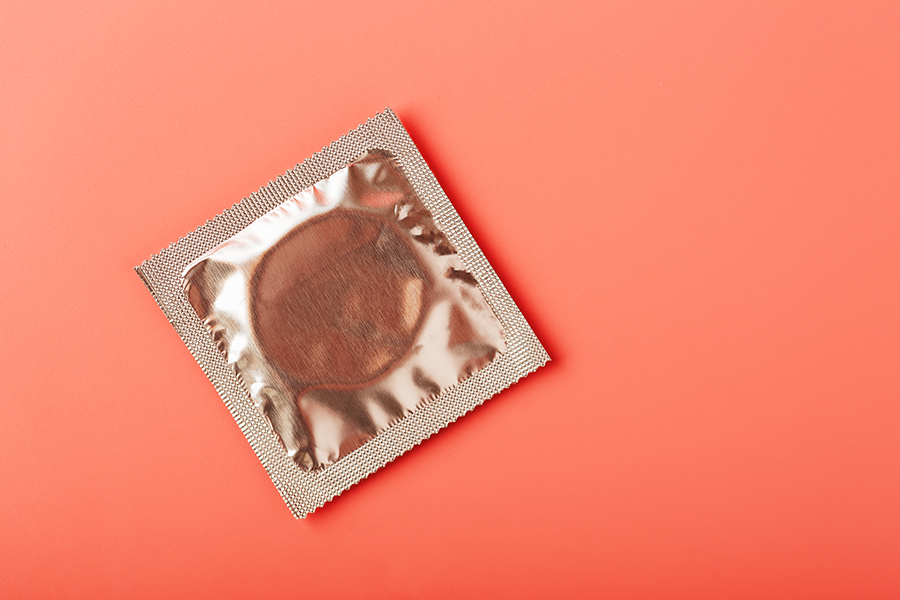Protecting your family in this and future heat waves

There is presently a very large ridge of high pressure causing an historic heat wave in BC and Alberta. This ridge traps warm air underneath it.
British Columbia is experiencing higher temperatures than Alberta, with Saturday seeing 40 communities with record-breaking temperatures, some reaching over 40 degrees celsius.
The entire province of Alberta is presently under a heat alert.
In Alberta, afternoon high temperatures are forecast to be in the mid to high 30s today, and will peak near 40 degrees celsius in some regions by midweek, with humidex levels pushing these temperatures to feel three to five degrees higher.
The Alberta Energy System Operator (AESO) reported a record breaking 11,512 MW demand on Monday, with that figure expected to go higher. The previous high was 11,169 reached in August 2019.
AESO is encouraging energy conservation, like closing window coverings, lowering thermostats to pre-cool homes and avoiding using major appliances and charging electric devices, including electric vehicles, during the period of highest demand of 3 to 8 p.m., to cook in the microwave, a crockpot, or toaster oven instead of a conventional oven.
Heat Stress
With outdoor temperatures at the present level, anyone can experience heat stress.
The health risks are greatest for those over the age of 65, infants and young children, people with chronic illness such as breathing or heart problems, those who work or exercise in the heat, and those who are overweight. Heat illnesses are preventable.
During Heat Waves:
Drink fluids, especially water, before you feel thirsty.
Slow down! Your body can’t function as well in high temperatures.
Cool down in cool stores, a public library, or community pool.
Shade heads and faces with a loose-fitting ventilated hat or umbrella when outdoors.
Dress appropriately in lightweight, light-coloured, and loose-fitting clothing.
Avoid getting sunburned. It decreases the body’s ability to cool.
Remember to check on elderly family members, neighbours and friends to make sure they are comfortable and safe.
Common symptoms and treatment of hot weather illnesses:
Heat Cramps
Symptoms include sharp pains in the muscles caused by salt imbalance resulting from the failure to replace salt lost with excessive sweat.
Treatment: Move the person to cool, shaded area to rest, and apply firm pressure to cramping muscles. Give person two glasses of salty water (mix five millilitres of salt to 1 litre of water) at 10 to 15 minute intervals between each glass if cramps persist.
Heat Exhaustion
Symptoms include heavy sweating, weakness, dizziness, headache, diarrhea, muscle cramps, cold and clammy skin, low blood pressure, disorientation, and possible vomiting. These are caused by excessive loss of water and salt.
Treatment: Move patient to cool area to rest, provide salty water, and cover person if shivering. The person should rest in bed until recovered. Seek medical attention immediately.
Heat Stroke
Symptoms include a core body temperature greater than 40 degrees celsius, complete or partial loss of consciousness, reduced cognitive function and cessation of sweating (hot and dry skin), dilated pupils, and elevated blood pressure.
Skin may be flushed at first, later ashen or purplish.
Treatment: Heat stroke is very serious. Call 911 immediately and while waiting for the ambulance, move the person to a cool place and sponge body with cool water while letting the water evaporate to reduce body temperature.

Sun Safety for Children
Your child can sunburn in as little as 15 minutes. During a heat wave, limit outdoor activity to cooler morning and evening hours and never let infants or young children play or sleep in the sun in a playpen, stroller, or carriage.
If out in the sun, limit their exposure time as much as possible and apply sunscreen with an SPF 15 or higher. Pay particular attention to the areas that are most exposed, such as the face, lips, ears, neck, shoulders, back, knees, and the tops of their feet.
Apply sunscreen at least 20 minutes before going out in the sun and reapply every two hours or more frequently if your child has been involved in vigorous activity that could potentially remove the product, such as swimming, towelling or excessive sweating.
Don’t forget to put a wide-brimmed hat and sunglasses on your child. When deciding on sunglasses, look for a label that says ANSI or CSA approved for sun protection and that are labeled as “UVA and UVB blocking,” “100 per cent UVR protection” or “UV 400.” They will provide almost complete protection against eye damage from the sun.
Dress children in tight woven, light-weight, light-coloured, and loose-fitting clothing, preferably in cotton to absorb sweat. Give small amounts of water frequently.
Sun safety for Pets
Give your pet plenty of fresh, clean water when it’s hot or humid.
Make sure your pet has a shady place to get out of the sun.
Be careful not to over exercise your pet, and keep them indoors when it is extremely hot.
Overheating in Pets
Symptoms of overheating in pets includes excessive panting, difficulty breathing, increased heart and breathing rates, drooling, mild weakness, stupor, or even collapse.
Protect your pet’s feet
Pavement, asphalt, metal, and even sand that have been heated by the sun can burn dogs’ paw pads. Remember: if the surface is too hot for your bare hand or foot, it’s too hot for your dog’s feet.
Never leave your children or animals alone in a parked vehicle
Thirty-eight children die each year in the US in unattended vehicles due to heat, 88 per cent under age three, and 54 per cent were forgotten by the caregiver.
The temperature inside a vehicle can quickly rise to fatal levels for children and animals.
After just 10 minutes, if the outside temperature is 30 degrees, the inside temperature rises to 37 degrees. In 20 minutes, it rises to 46 degrees.
Cracking a window or parking in the shade makes little difference in inside temperatures.








